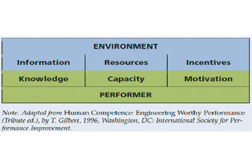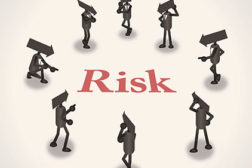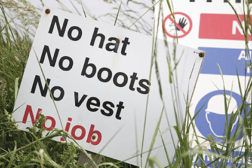Home » behavior based safety
Articles Tagged with ''behavior based safety''
Eliminating human error
“It’s time… we admit we’ve been managing safety wrong.”
December 2, 2014
Become a Leader in Safety Culture
Build your knowledge with ISHN, covering key safety, health and industrial hygiene news, products, and trends.
JOIN TODAYCopyright ©2025. All Rights Reserved BNP Media.
Design, CMS, Hosting & Web Development :: ePublishing










